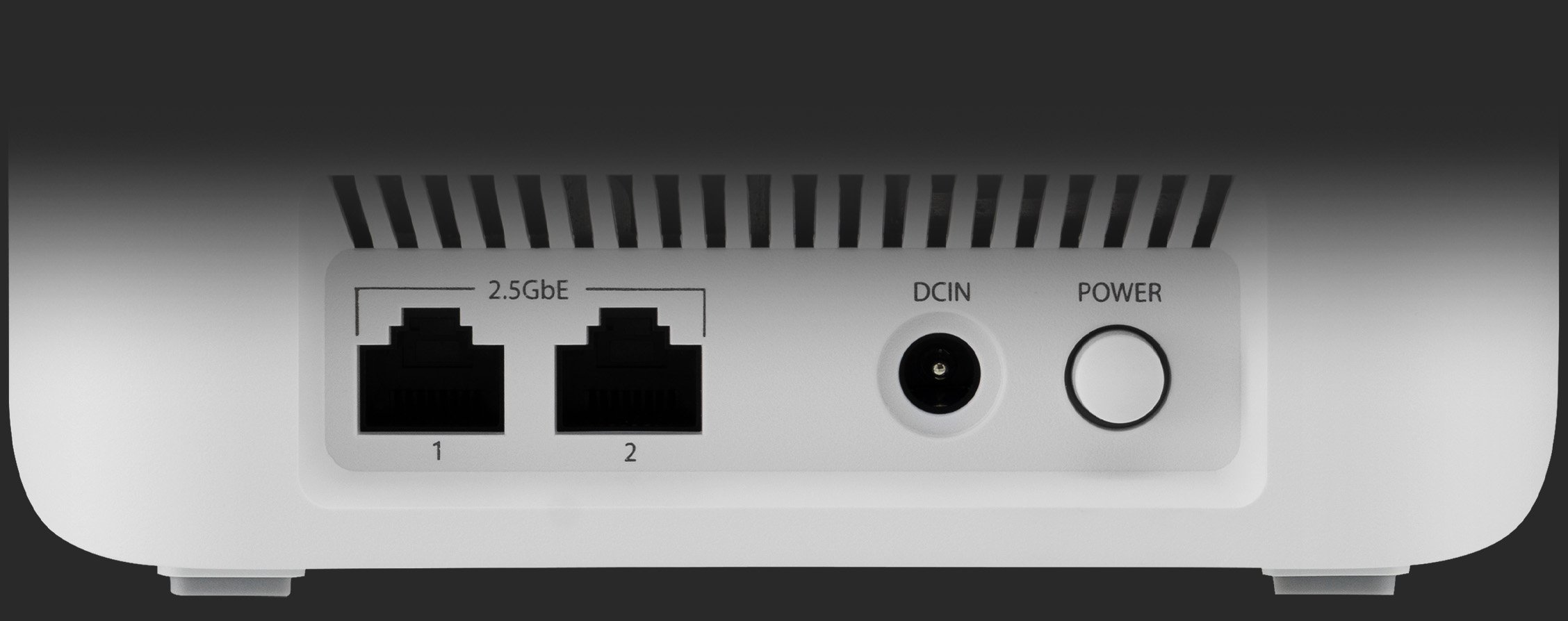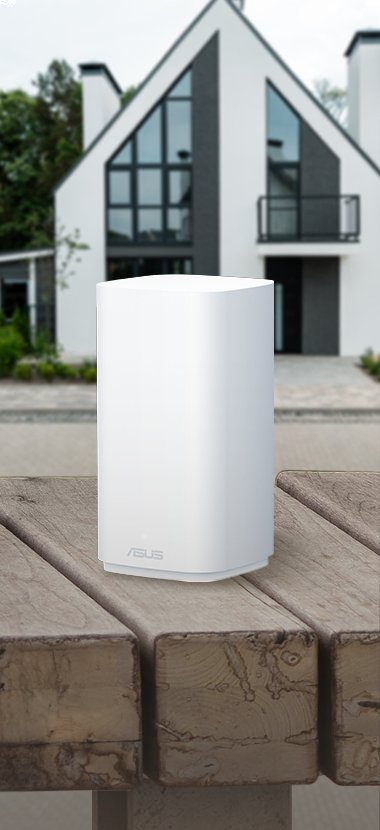The next generation of wireless technology is no longer a distant promise, but a tangible upgrade knocking at your door. With devices demanding more bandwidth than ever, a powerful network is the unsung hero of the modern smart home. The ASUS ZenWiFi BD5 system arrives as one of the first ambassadors for Wi-Fi 7, aiming to deliver future-proof performance without the flagship price.
The ASUS ZenWiFi BD5 is a calculated play for the savvy early adopter. It brings the headline features of Wi-Fi 7—like Multi-Link Operation (MLO) and wider 320 MHz channels—into a more accessible dual-band mesh package. In a world where tri-band and quad-band Wi-Fi 7 systems are launching with eye-watering price tags, the BD5’s approach is refreshingly pragmatic. Aesthetically, it follows the proven ZenWiFi formula: clean, minimalist white nodes that blend seamlessly into home decor rather than screaming for attention. The build quality is excellent, with a reassuring heft and premium-feeling materials that justify its position above budget mesh kits.

Performance is where the conversation gets interesting. With its BE9400 rating, the BD5 is undeniably fast, capable of handling multi-gigabit internet plans with ease thanks to its 2.5 Gbps WAN and LAN ports. For the handful of Wi-Fi 7 client devices currently on the market, the system unlocks startlingly low latency and immense throughput. MLO, in particular, is a game-changer, allowing a device to communicate over two bands simultaneously to improve reliability and speed. However, its dual-band architecture is the system’s biggest compromise. Unlike pricier tri-band systems, the BD5 lacks a dedicated wireless backhaul channel for the nodes to communicate with each other. In a fully wireless setup, this means the backhaul traffic competes with your device traffic, which can create congestion and reduce peak performance in larger, heavily used networks. This limitation is largely negated if you can connect the nodes via an Ethernet backhaul, a scenario where the BD5 truly shines.
On the software front, ASUS continues to lead the pack. The system is powered by the robust and feature-rich ASUSWRT firmware. Setup is a breeze using the ASUS Router mobile app, but a deep well of advanced options is available for tinkerers through the web interface. A key value proposition is the inclusion of lifetime-free AiProtection Pro, which provides commercial-grade network security and advanced parental controls without a subscription fee—a stark contrast to the recurring charges levied by many competitors.
Ultimately, the ZenWiFi BD5 is an investment in the future. Its value isn’t just in the speeds it can deliver today but in the foundation it lays for the wave of Wi-Fi 7 laptops, phones, and smart devices to come. It smartly balances next-generation features with a cost-conscious design. For users with multi-gigabit internet who want to get on the Wi-Fi 7 train early, especially if they can utilize an Ethernet backhaul, the BD5 presents a compelling and powerful option. It’s for the forward-thinker who wants tomorrow’s speed without paying the full “pioneer” tax.

Where to Buy:
https://www.amazon.com/s?k=ASUS+ZenWiFi+BD5+Wi-Fi+7+System&tag=cp01a-20


ASUS ZenWiFi BD5 Wi-Fi 7 System Quick Summary
Key Scores:
-
Value:
82% -
Design:
90% -
Performance:
95% -
Quality:
92% -
Popularity:
80%
Top Pros
- ✅ Provides an accessible entry point into the new Wi-Fi 7 standard.
- ✅ Multi-gigabit 2.5 Gbps ports prevent common internet speed bottlenecks.
- ✅ Includes lifetime-free AiProtection Pro for robust network security.
- …
Key Cons
- ❌ Dual-band design can limit wireless backhaul performance under heavy load.
- ❌ Scarcity of Wi-Fi 7 client devices limits immediate performance benefits.
- ❌ Lacks a 10 Gbps port for the most demanding power users.

















